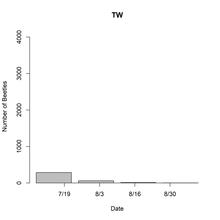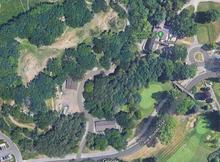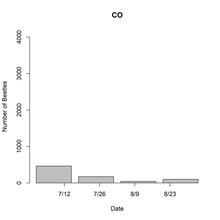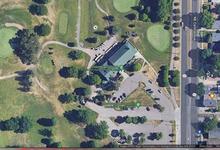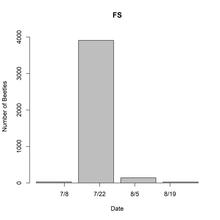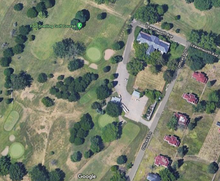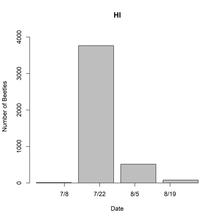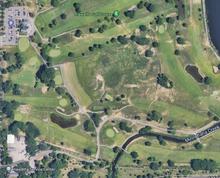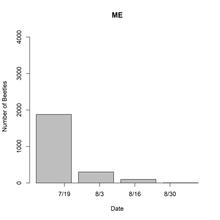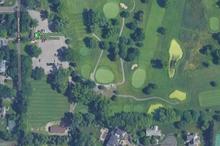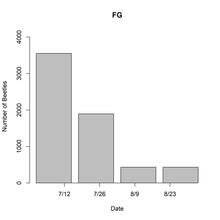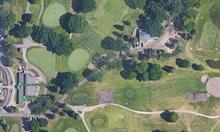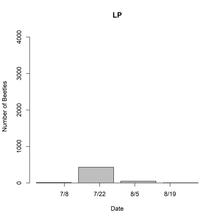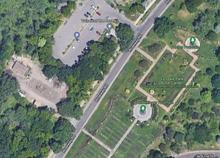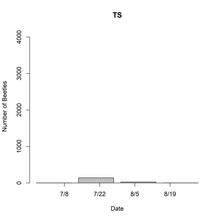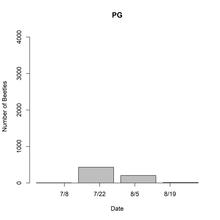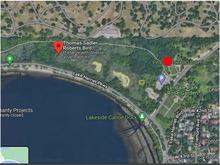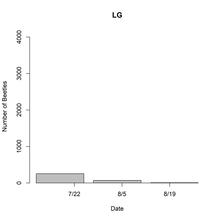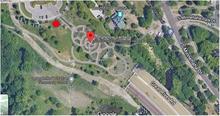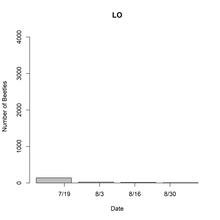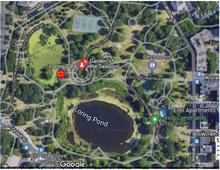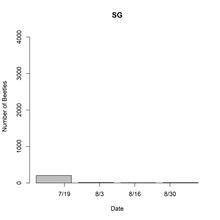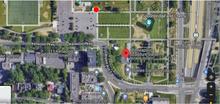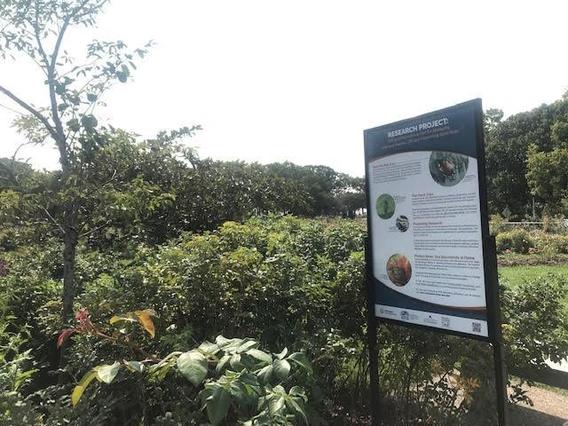Summary of 2021-2024 LCCMR for Biocontrol in Bee Lawns and Parklands. Download the PDF here.
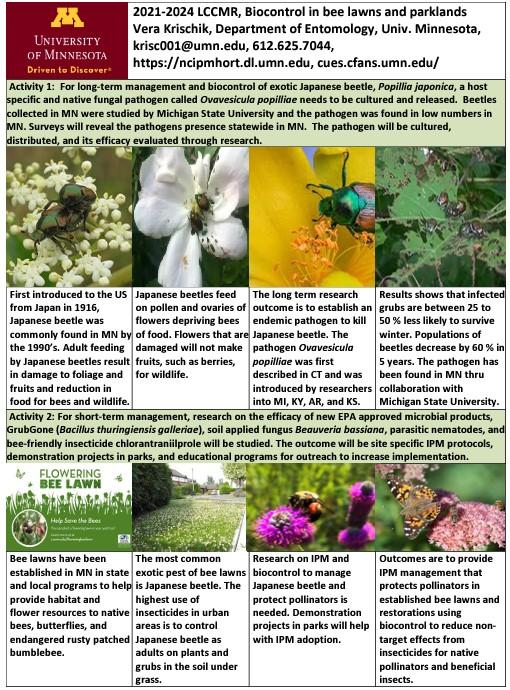
Summary of Research Activity
A PDF of the summary of our research program can be found here.
There was an average of 434 beetles across all sites and sampling times for all 44 sites sampled in 2022. Minneapolis Parks and Recreation Board (MPRB) sites are summarized below, with average beetle numbers listed.
Table 1: Highest number of beetles at each site. Greatest number of beetles are in bold font.
|
Site |
Date |
Peak number of beetles |
Mean number of beetles/MPRB sites (434 mean beetles for the entire metro area) |
|
Theodore Wirth |
7/19 |
285 |
89 |
|
Columbia |
7/12 |
453 |
193 |
|
Fort Snelling |
7/22 |
3697 |
974 |
|
Hiawatha |
7/22 |
3559 |
1037 |
|
Meadowbrook |
7/19 |
1784 |
564 |
|
Francis Gross |
7/12 |
3360 |
1501 |
|
Lyndale Park |
7/22 |
423 |
121 |
|
Thomas Sadler |
7/22 |
147 |
44 |
|
Peace Garden |
7/22 |
423 |
161 |
|
Longfellow Gardens |
7/22 |
254 |
110 |
|
Loring Park |
7/19 |
147 |
49 |
|
Sculpture Garden |
7/19 |
208 |
60 |
1. Theodore Wirth Golf Course maintenance shed
2. Columbia Golf Course Maintenance Shed
3. Fort Snelling Golf Course Maintenance Shed
4. Hiawatha Golf Course Maintenance Shed
5. Meadowbrook Golf Course Maintenance Shed
6. Francis Gross Golf Course maintenance Shed
7. Lyndale Park Rose Garden Maintenance Shed
8. Thomas Sadler Roberts Bird Sanctuary and Peace Garden
9. Longfellow Garden Shed
10. Loring Park Garden Shed
11. Minneapolis Sculpture Garden Maintenance Building
Summary of Outreach Activity
A PDF of the summary of our outreach program can be found here.
At the beginning of the project, an invitation to collaborate and handout on bee lawns were created to begin recruiting sites to aid in Japanese beetle collection as well as outreach centers.
2022 LCCMR Japanese Beetle (JB) Biocontrol Table at Minneapolis Monarch Festival, Lake Nokomis (09/10/22)
For this event we put together a table displaying bulletins & “Think IPM” posters that identified ongoing research on JB and informed the public about pollinator conservation, integrated pest management (IPM), and natural biocontrol methods. The large double-sided posters included a QR code for a direct link to further in-depth information included on our lab’s website. JB trap displays and additional information were also made available for viewing/reading. Krischik Lab Director Dr. Vera Krischik, Post-doc Researcher Dr. Carrie Deans, Lab Supervisor Cody Prouty, and UG Researcher Kyle Murley were present to answer community questions and increase the accessibility of our research. We’d like to acknowledge MaryLynn Pulscher, Manager of Environmental Education for MPRB, for providing the connection to tabling at the Minneapolis Monarch Festival.
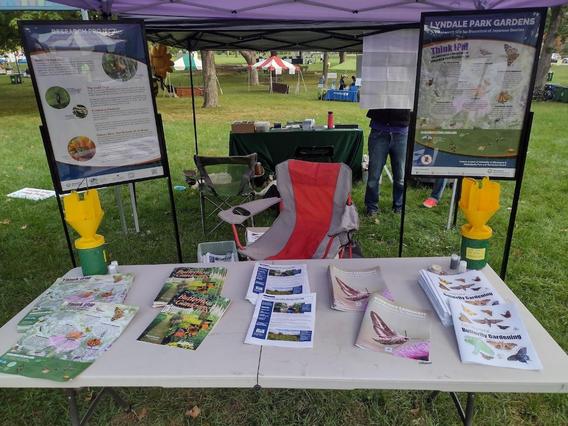
Double-sided “Think IPM” poster displayed at Lyndale Park Gardens
Installation of our “Think IPM” poster provided public learning opportunities outside of our in-person demonstrations. Our goal here was again to increase overall awareness of IPM and best management practices (BMP) to emphasize the importance of our current research on JB. This includes informing the public of notable problems caused by the presence and chemical treatment of invasive species such as JB. Many are unaware of the non-target effects on beneficial species that can lead to both higher invasive species populations and lower overall biodiversity. Successful IPM includes cultural change as a factor in maintaining biodiversity and decreasing non-target effects of pest management, making increasing public awareness/knowledge crucial for a systemic shift in favor of natural biocontrol methods and biorational pesticides over traditional chemical pesticides. We’d like to acknowledge MPRB staff Robin Smothers, Media Relations and Social Media Manager, and Kaitlin Ryan, Horticulture Supervisor, for their assistance in the creation and display of the “Think IPM” poster.
Special Thanks and Acknowledgements
We’d like to extend our gratitude once more to MPRB staff Robin Smothers - Media Relations and Social Media Manager, Kaitlin Ryan - Horticulture Supervisor, and MaryLynn Pulscher - Manager of Environmental Education for their work in assisting the facilitation and completion of our 2022 outreach events with Minneapolis Parks. Their contributions and commitment to this partnership have been greatly appreciated by our team.
